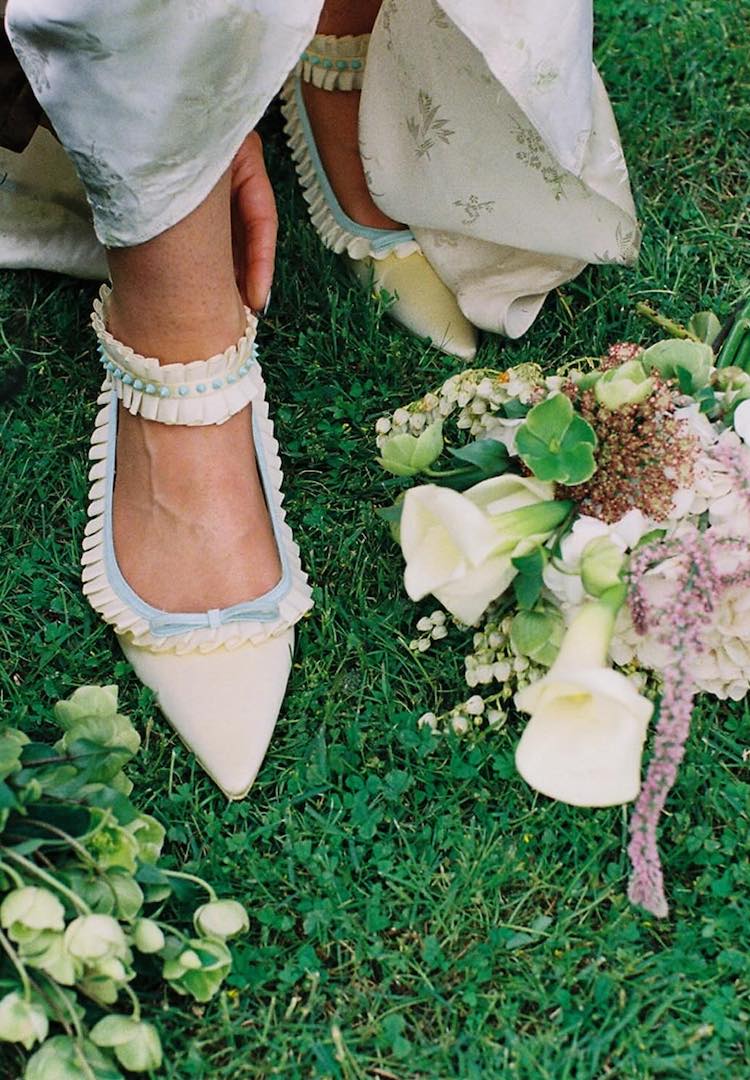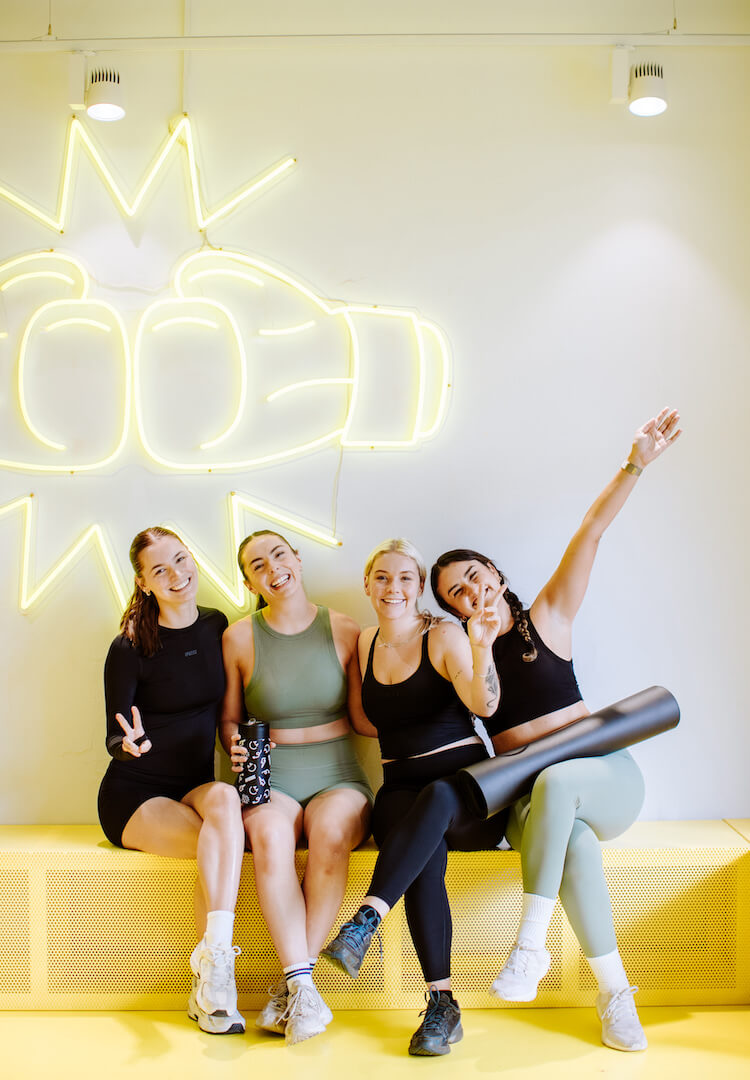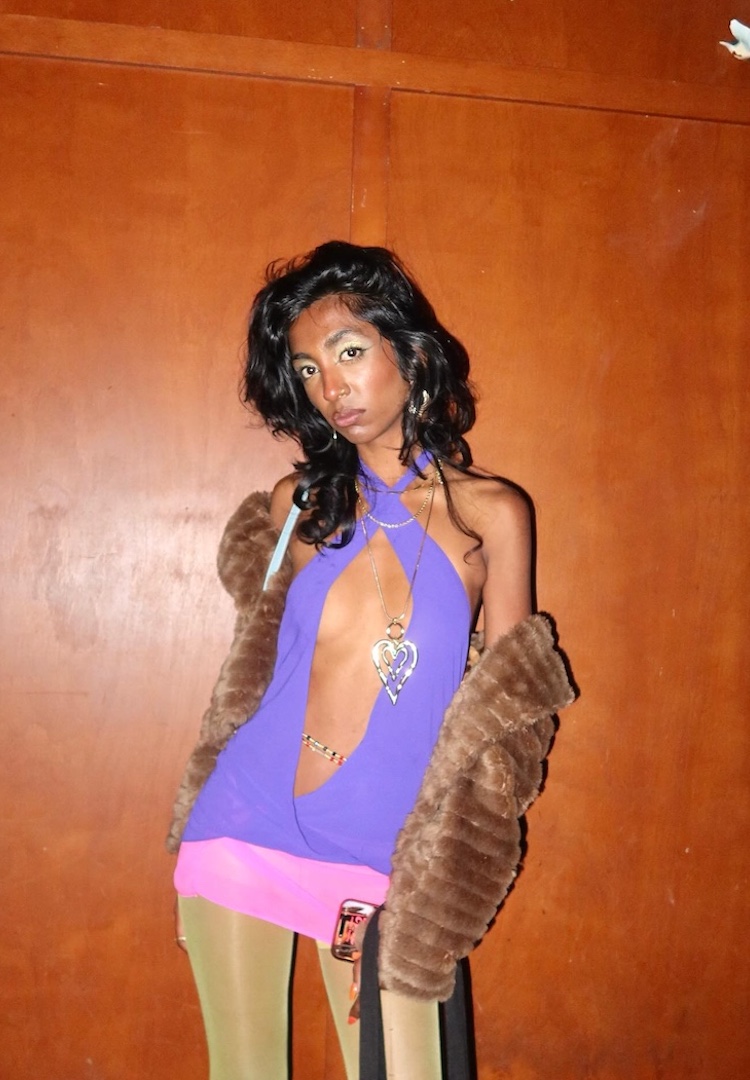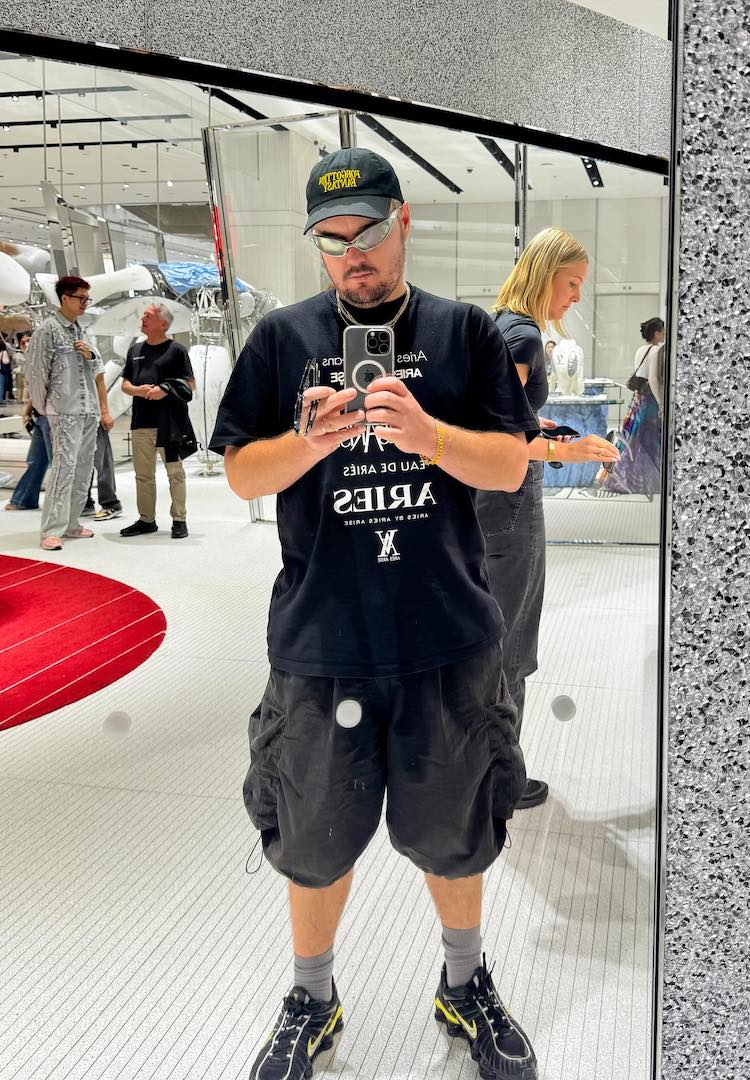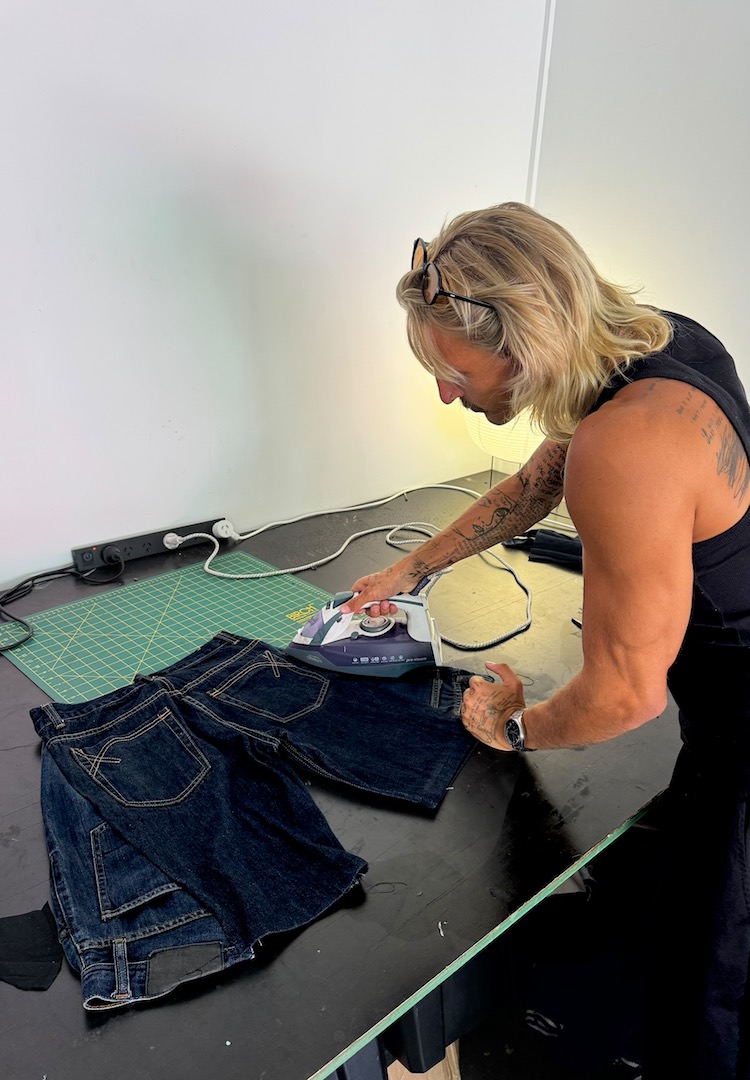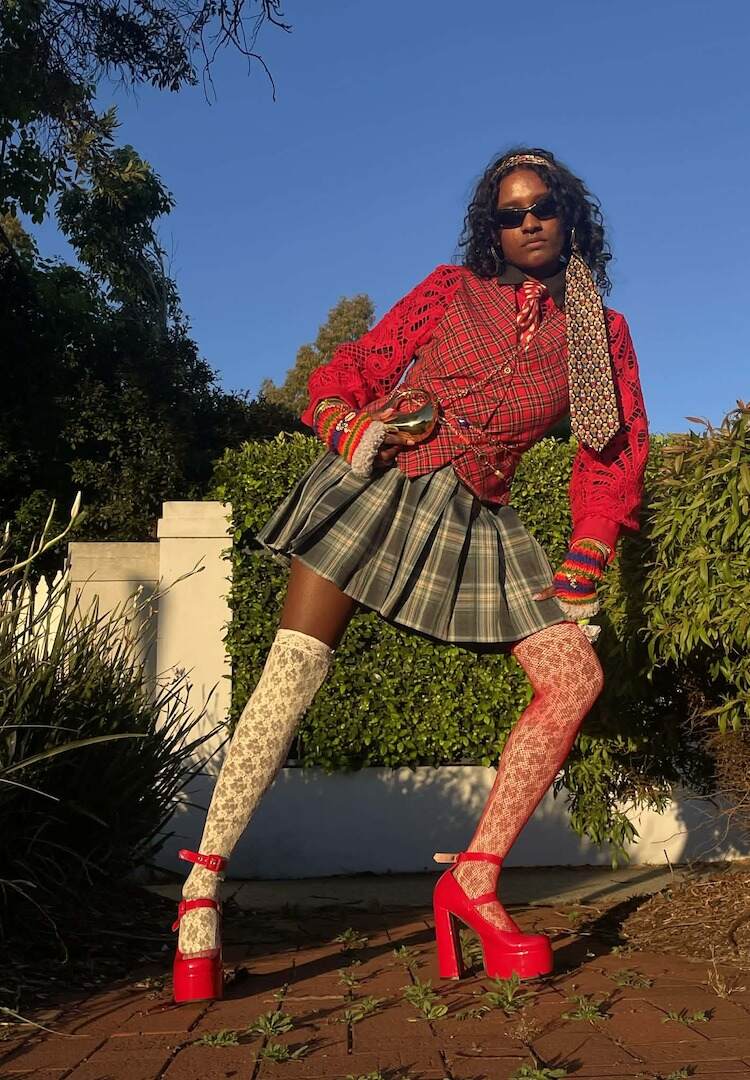What makes someone cool? Apparently, these six traits
WORDS BY DAISY HENRY
Can you be cool if you’re not an extrovert? It doesn’t look like it.
Coolness is famously hard to define. It’s an elusive term but usually, you know it when you see it. And some people just have it. Perhaps it’s their style, confidence, or a je ne sais quoi but there’s always been an unwritten, universally agreed-upon benchmark for coolness.
To even ask what ‘cool’ means is, in itself, uncool. It’s a feeling, an energy, a vibe. But for those not quite in the know, there’s now a study that breaks it down in detail.
Looking for more thought-provoking reads? Try our Life section.
A recent study published in the Journal of Experimental Psychology: General, surveyed almost 6,000 people across 13 countries to uncover what exactly it means to be cool and whether that translates across cultures. From the US and Australia to Chile, China, Hong Kong, Germany, India, Mexico, Nigeria, Spain, South Africa, South Korea and Turkey, it defined six key traits that cool people embody, apparently.
How do you measure ‘coolness’?
Rather than requesting ratings of various celebrities or influencers, the study asked participants think of a person who they thought fit the categories of ‘cool’, ‘uncool’, ‘good’ and ‘not good’. From there, participants filled out questionnaires rating the personality and values of those people.
There were a few requirements, too. Those involved had to have access to the internet and they had to be familiar with the slang meaning of cool in English, without any translation. Overall, the aim of the study was not only to determine what it means to be a cool person, but whether being cool and being ‘good’ mean the same thing.
The six coolest traits
Despite the range of cultures surveyed, the study found that understandings of coolness are mostly universal. Essentially, ‘cool’ people were perceived as being extroverted, hedonistic, powerful, adventurous, open and autonomous.
Good people, alternatively, were seen to be more conforming, traditional, secure, warm, agreeable, universalistic, conscientious and calm. The only quality seen as being equally cool and good, was capability.
So, where does that leave introverted adventurers? Or extroverted traditionalists? It’s up for debate.
Where does ‘coolness’ come from?
The idea of coolness first emerged in African American jazz clubs in the ’40s and bohemian enclaves. Under the weight of systemic racism, a new type of defiance took shape. Jazz musicians embodied this sense of cool through a calm, stoic and unshaken exterior. Eventually, the idea that coolness could be a form of rebellion and challenging norms, trickled down into mainstream pop-culture.
Today, coolness continues to shape social hierarchies, signalling who sets the tone and who follows in their footsteps. “If coolness emerged as a status granted to those who inspire and facilitate cultural change, then perhaps we should not be surprised that cool people from San Francisco and Santiago to Sydney and Seoul show traits and values – being adventurous, open, autonomous, hedonistic, extraverted, and powerful – that would make them more likely to question convention, innovate, and persuade others to change,” the study wrote.
So, gather your extroverted, hedonistic, powerful, adventurous, open and autonomous friends – they’re the ones we’re all looking to.
For more on the origins of ‘coolness’, try this.

